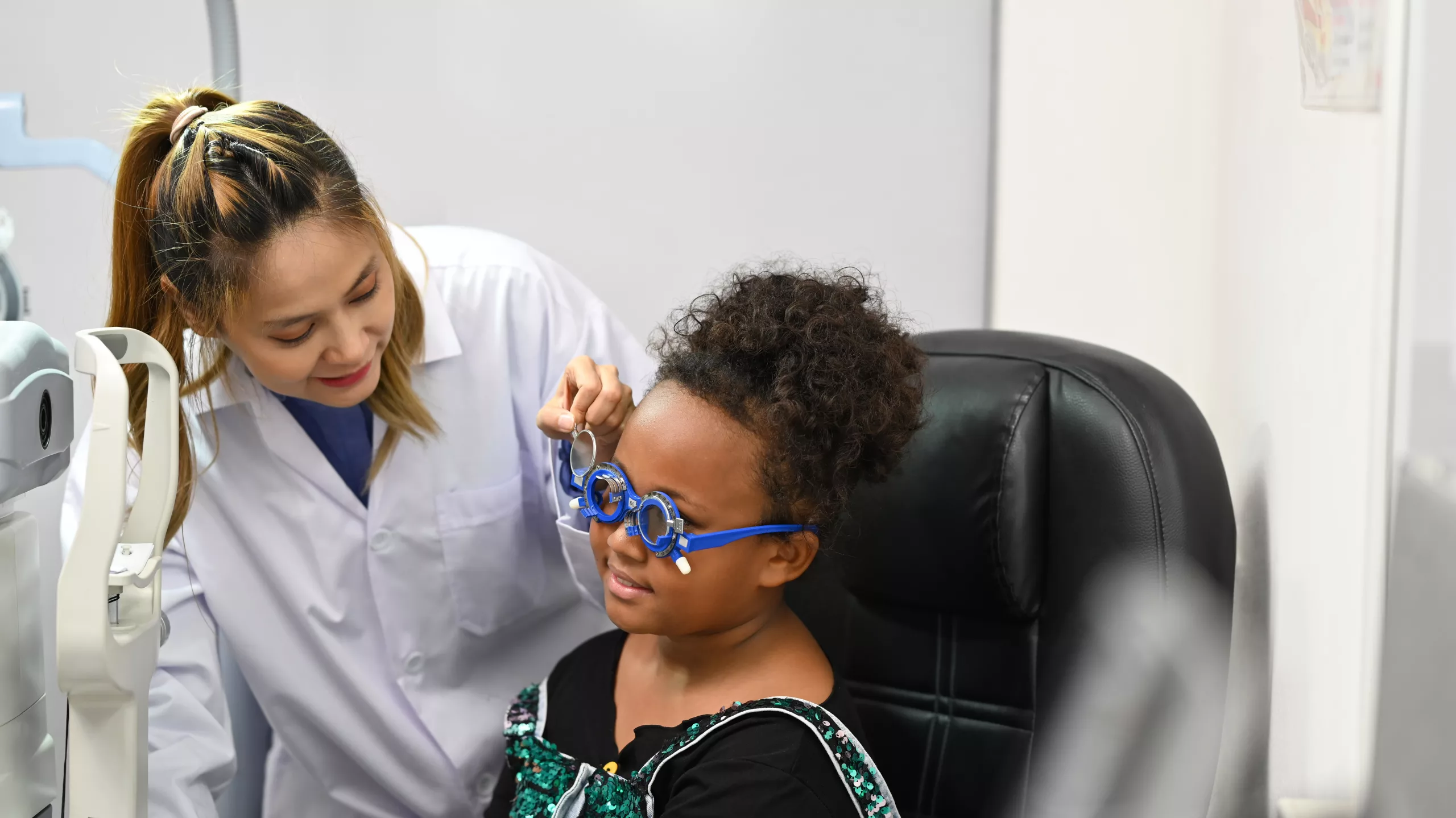The Role of Community Programs in Providing Eye Care to Underprivileged Children
Introduction
Access to proper eye care is essential for children’s development and educational success. Unfortunately, many underprivileged children around the world lack access to basic eye health services, which can significantly impact their quality of life. Community programs play a crucial role in bridging this gap, ensuring that all children, regardless of socioeconomic status, receive the eye care they need. This article explores the importance of community programs in providing eye care to underprivileged children, highlighting key initiatives and their impact.
Understanding the Need
Underprivileged children often face barriers such as financial constraints, lack of awareness about eye health, and limited access to healthcare facilities. These factors contribute to a high prevalence of untreated vision problems among this demographic. According to the World Health Organization (WHO), an estimated 19 million children worldwide are visually impaired, with a significant number of cases being preventable or treatable with early intervention.
Initiatives by Community Programs
Community programs dedicated to eye care for underprivileged children encompass a variety of initiatives aimed at addressing these challenges:
- Vision Screening Campaigns: Many programs conduct regular vision screening camps in schools and community centers. These screenings help identify children with visual impairments early on, allowing for timely intervention.
- Eye Examinations and Treatment: Community programs collaborate with optometrists and ophthalmologists to provide comprehensive eye examinations and treatment services. This includes prescribing glasses, conducting surgeries for conditions like cataracts, and managing other eye health issues.
- Educational Workshops: Programs often organize workshops to educate children, parents, and teachers about the importance of eye health. They raise awareness about common eye conditions, symptoms to watch for, and the significance of regular check-ups.
- Distribution of Eyewear: Access to affordable eyeglasses can be a significant challenge for underprivileged families. Community programs often facilitate the distribution of free or subsidized eyewear to children in need, ensuring they have the necessary visual aids to thrive academically and socially.
- Partnerships with Schools and NGOs: Collaborations with educational institutions and non-governmental organizations (NGOs) amplify the reach of these programs. They integrate eye care into broader health and education initiatives, fostering a holistic approach to child development.
Impact and Benefits
The impact of community-based eye care programs extends beyond immediate vision correction:
- Improved Academic Performance: Addressing vision problems early can enhance children’s ability to learn and perform well in school.
- Enhanced Quality of Life: Clear vision contributes to children’s overall well-being, boosting their confidence and social interactions.
- Long-Term Health Outcomes: Early detection and treatment of eye conditions prevent more severe complications later in life, promoting lifelong eye health.
- Community Empowerment: By involving local communities in these initiatives, programs empower residents to take charge of their health and advocate for sustainable improvements in eye care infrastructure.
Challenges and Future Directions
Despite their positive impact, community-based eye care programs face challenges such as funding limitations, logistical constraints, and the need for sustained engagement from stakeholders. Moving forward, it is crucial to:
- Secure Sustainable Funding: Long-term financial support is essential for the continuity and expansion of these programs.
- Expand Outreach: Reach more underserved communities through innovative outreach strategies and mobile health units.
- Advocate for Policy Change: Advocate for policies that prioritize eye health as a fundamental aspect of child welfare and education.
Conclusion
In conclusion, community programs play a pivotal role in ensuring equitable access to eye care for underprivileged children. By addressing barriers to eye health services and promoting early intervention, these initiatives contribute to brighter futures for countless young lives. Through continued collaboration and advocacy, we can build healthier communities where every child has the opportunity to see the world clearly and achieve their full potential.
World Eye Care Foundation’s eyecare.live brings you the latest information from various industry sources and experts in eye health and vision care. Please consult with your eye care provider for more general information and specific eye conditions. We do not provide any medical advice, suggestions or recommendations in any health conditions.
Commonly Asked Questions
Community programs reach children who may not otherwise have access to eye health services due to financial or logistical barriers.
You can volunteer your time, donate funds or eyewear, or raise awareness about the importance of eye health in underprivileged communities.
Common issues include refractive errors (like nearsightedness and farsightedness), amblyopia (lazy eye), and untreated infections or injuries.
Yes, school-based screenings are crucial for early detection, as they identify children who may need further evaluation by eye care professionals.
Programs often partner with optical dispensaries or manufacturers to provide free or low-cost eyeglasses based on children’s prescriptions.
Parents should schedule an eye exam with an optometrist or ophthalmologist to diagnose and address any potential vision issues.
Early intervention can prevent academic challenges, improve self-esteem, and reduce the risk of more serious eye conditions in adulthood.
Sustainable funding, partnerships with local healthcare providers, and community engagement are key to the longevity of these programs.
Workshops educate families and educators about eye health, promoting proactive eye care practices and early symptom recognition.
Programs can utilize mobile clinics, telemedicine, and partnerships with local NGOs to extend services to isolated communities.
news via inbox
Subscribe here to get latest updates !







